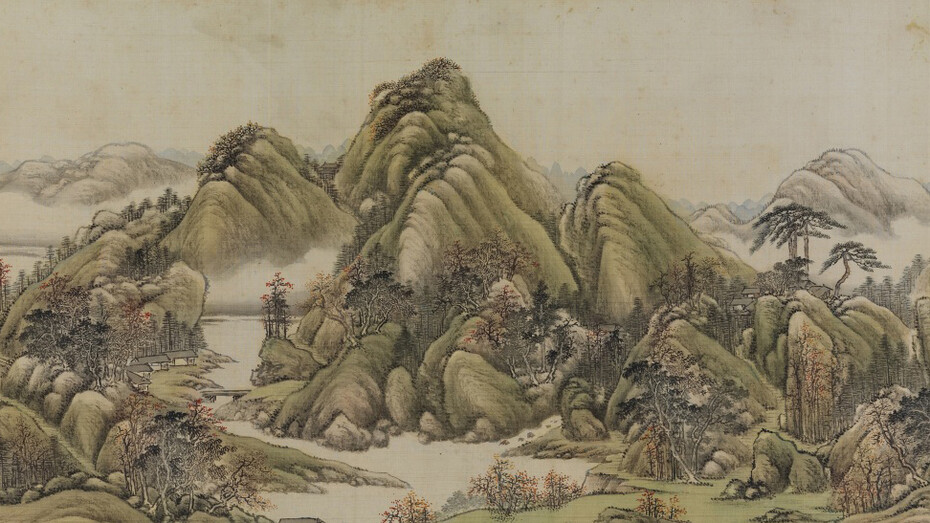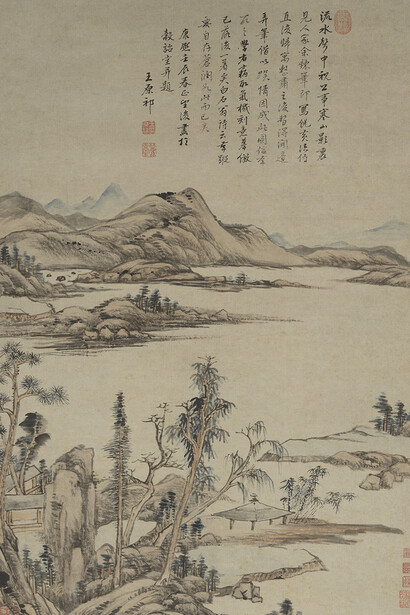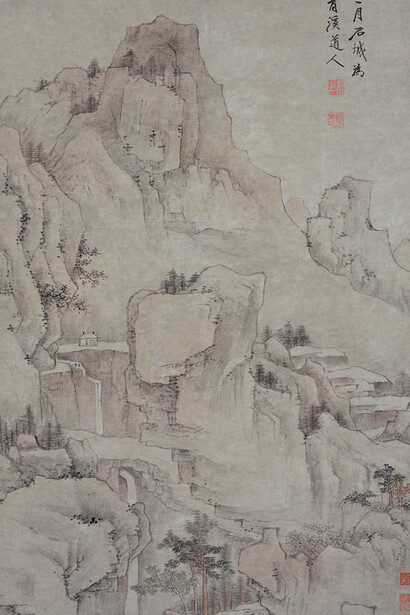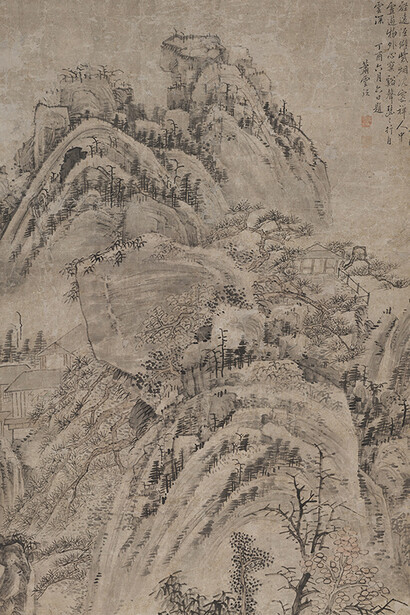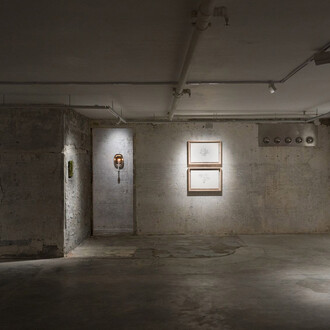In ancient China, the literati often stood at a crossroads between two contrasting life paths — serving as officials within the bureaucracy or retreating into reclusion to pursue a life of contemplation and artistic expression. This duality represented more than a career choice; it was a reflection of one’s moral stance, personal ideals, and relationship to society. The decision to engage with or withdraw from public life shaped not only the artists’ destinies but also the evolution of Chinese cultural and artistic traditions.
This exhibition brings together selected works from the renowned Xubaizhai Collection, uniting masterpieces that explore the theme of life planning among scholarly officials and reclusive literati. Through paintings, calligraphy, and writings, it presents the varied ways artists interpreted ambition, duty, and solitude. By contrasting the refined elegance of courtly works with the introspective simplicity of reclusive pieces, visitors gain insight into how different social positions and life choices influenced aesthetic style and artistic expression across generations.
Set against the backdrop of dynastic change and political upheaval, the exhibition also illuminates the complex emotional and ethical struggles faced by “twice-serving” officials — those who served under successive regimes — and by loyalists devoted to fallen dynasties. These tensions gave rise to diverse artistic responses, from expressions of moral resilience to meditations on loss and transformation. Ultimately, the exhibition invites reflection on how personal conviction, historical circumstance, and artistic creation intertwine in the timeless dialogue between public service and private retreat.
